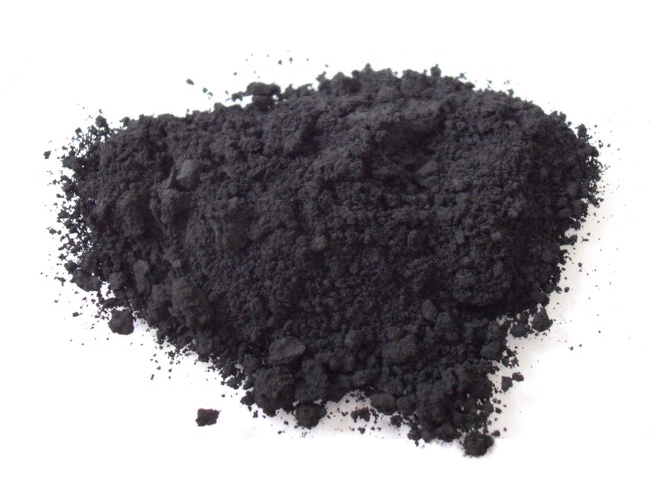Carbon Black: Successful Handling and Transportation
Carbon Black is …
… one of the most important materials in manufacturing, accounting for up to 40 percent of the weight of many industrial rubber products.
Carbon black is an inorganic, colloidal material produced by the incomplete combustion of petroleum products like natural gas. Also known as lamp black, furnace black, and gas black, carbon black is manufactured by a combustion process whereby a flame touches a cool surface, leaving a black residue, which is then collected as carbon black.

carbon black: it looks like what it sounds like it would look like
It is often used as a model compound for diesel soot in diesel oxidation experiments, and as a reinforcing filler in rubber products, like tires. It is also commonly used as a color pigment in plastics, paints, and inks.
Handling and transporting carbon black requires extensive precautions, as the substance’s dust may have carcinogenic properties, and cleaning a carbon black spill can be an intensive and costly process. Safety concerns involved in the handling of carbon black include dry skin, resulting from repeated contact, and respiratory problems, resulting from the inhalation of carbon black dustings.
Storage
Carbon black should be stored in well-sealed containers in clean, dry environments, and should be kept away from high temperatures, open flames, and highly aromatic chemicals. Some carbon black grades contain trace amounts of carbon monoxide, so confined space entry procedures involving the substance should include testing for toxic gases.
Handling
Carbon black can be a challenging material to handle, as it quick to cake, and pack, and also tends to fluidize. It is crucial to prevent spills, as carbon black is insoluble with water and solvents, and particles can form deposits in a conveying line. In the event of a carbon black spill, manufacturers should use a dry vacuuming procedure while adhering to proper filtration guidelines. The dry vacuuming process can be expensive, and time consuming, so manufacturers should always take the utmost care to avoid carbon black spills.
When unloading deliveries of large bulk bags of carbon black, the frames used to discharge the bags should be equipped with accessories that allow for minimal operator intervention, like spring-loaded frames. Spring-loaded frames can stretch the bags, and ensure that no material remains in the bags’ corners.
After connecting the bulk bag to a receiving hopper, care must be taken to prevent hazardous airborne dust from being released into the surrounding atmosphere. Dustings can penetrate electrical devices, and cause equipment failure. In order to contain the carbon black dust while conveying to a mixer, it is advisable to install a dust collector on the discharger frame.
Carbon black has a tendency to “rat hole,” or bridge when flowing through hoppers. This stalls the processing stream feed, and can increase the chances of a spill. In order to dislodge the carbon black that becomes stuck on hopper walls, feed hoppers should be equipped with mechanical agitators that promote flow, like fluidizers or vibrators.
If you’re using a flexible screw to convey carbon black, it is important to use the appropriate screw for the material’s characteristics. In most cases, screws with extra wide, and flat surfaces will be required.
In order to safely, and efficiently handle carbon black, you should:
- Filter and contain carbon black dust.
- Ensure a smooth flow of carbon black into the processing stream.
- Use the appropriate screws when conveying the material.
- Always follow storage guidelines.
For more information on the successful handling and storage of carbon black, give the professionals at Streamline Industries a call. Streamline Industries provides the highest quality machining services, and custom manufactures specialized equipment daily. With over 30 years of experience, we can help you with valves, storage equipment, transportation and more.
